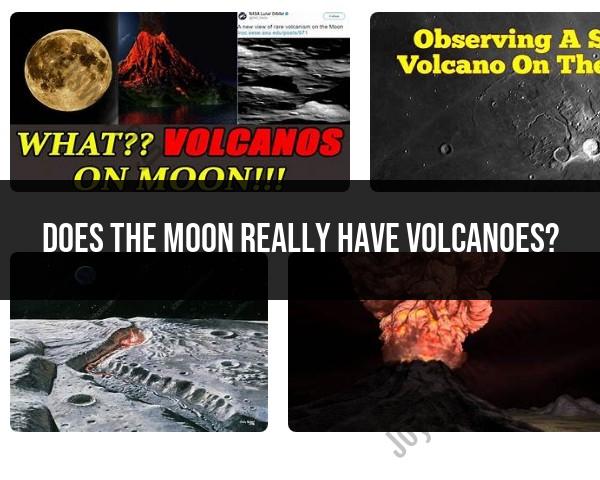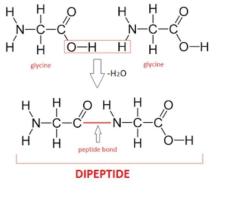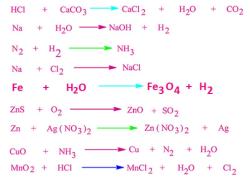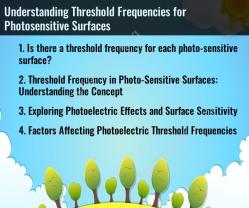Does the moon really have volcanoes?
Yes, the Moon does indeed have volcanoes, but they are not like the volcanoes we typically associate with Earth. Lunar volcanoes are quite different in several ways. Here are some key points about lunar volcanism:
Lunar Basaltic Volcanoes: The Moon has volcanoes that primarily erupt basaltic lava, which is low in viscosity and tends to flow easily. This is in contrast to the more explosive and viscous silicic lava often associated with Earth's volcanoes.
Volcanic Features: Lunar volcanoes are often characterized by large, flat plains or maria (singular: mare), which were formed by extensive lava flows. The most famous of these is the Imbrium Basin, which contains the Imbrium Basin mare. Other notable mare include the Serenitatis, Crisium, and Tranquillitatis.
Lack of Atmosphere: One of the key differences between lunar and terrestrial volcanism is the Moon's lack of a substantial atmosphere. On Earth, volcanic eruptions can be explosive due to the buildup of gas pressure within magma. On the Moon, without an atmosphere to trap gases, eruptions are generally non-explosive, and lava flows out more calmly.
Shield Volcanoes: The Moon's volcanic features are often shield volcanoes, which are broad, low-profile volcanoes built up by the successive flows of low-viscosity lava. These shield volcanoes are not as tall or steep as some of Earth's more iconic volcanoes like Mount St. Helens or Mount Fuji.
Ancient Volcanism: Most of the Moon's volcanic activity occurred billions of years ago during its early history. These eruptions resulted in the formation of the lunar maria and other volcanic plains. There has been very little volcanic activity on the Moon in recent geological history.
Impact-Related Volcanism: Some lunar features that were once thought to be volcanic are now believed to be related to impacts. For example, many "domes" and "volcanic cones" were later recognized as the result of meteorite impacts that caused the Moon's surface to deform and create such features.
In summary, while the Moon does have volcanoes, they are different from Earth's volcanoes due to the unique lunar conditions, including the lack of an atmosphere and the predominance of basaltic lava flows. These lunar volcanoes provide valuable insights into the Moon's geological history and its formation.
The Moon's Volcanoes: Myths and Realities
A common myth about the Moon is that it is a completely dead body with no geological activity. However, the reality is that the Moon did have volcanism in the past, and there is some evidence to suggest that it may still have some volcanic activity today.
One of the most common myths about lunar volcanism is that it is the same as volcanism on Earth. However, there are some key differences. For example, lunar volcanoes erupt much more slowly than terrestrial volcanoes, and they often produce different types of lava.
Another myth is that all lunar volcanoes are extinct. However, there is some evidence to suggest that some lunar volcanoes may still be active. For example, some scientists have detected signs of recent volcanic activity in the Marius Hills region of the Moon.
Lunar Volcanism: Unveiling the Moon's Geologic History
Lunar volcanism played a major role in shaping the Moon's surface. Lava flows from lunar volcanoes filled impact craters and created the vast plains that we see today. Lunar volcanoes also produced a variety of other volcanic features, such as cinder cones, pyroclastic flows, and lava tubes.
By studying lunar volcanoes, scientists can learn more about the Moon's geologic history and how it has evolved over time. For example, studies of lunar volcanic rocks have shown that the Moon was much more volcanically active in the past than it is today.
Evidence of Volcanic Activity on the Moon
There is a variety of evidence that suggests that the Moon had volcanism in the past. This evidence includes:
- Lunar maria: The lunar maria are the large, dark plains on the Moon's surface. They are thought to have been formed by lava flows from ancient volcanoes.
- Lunar volcanic features: There are a variety of volcanic features on the Moon, such as cinder cones, pyroclastic flows, and lava tubes. These features can be seen in high-resolution images from lunar orbiters.
- Lunar volcanic rocks: Samples of lunar rocks that have been returned to Earth show that many of them are volcanic in origin. For example, some lunar rocks contain large crystals of plagioclase feldspar, which is a common mineral in lunar lava.
Understanding Lunar Geology and Volcanic Features
To understand lunar volcanism, it is important to understand the Moon's geology. The Moon is made up of a variety of rocks, including basalt, anorthosite, and dunite. Basalt is a type of volcanic rock that is common on both the Earth and the Moon. Anorthosite is a type of rock that is made up mostly of plagioclase feldspar. Dunite is a type of rock that is made up mostly of olivine.
The Moon's volcanic features are formed by the eruption of lava. Lava is molten rock that rises from the Moon's interior. When lava erupts, it can flow over the surface of the Moon, creating lava flows. Lava can also form other volcanic features, such as cinder cones, pyroclastic flows, and lava tubes.
Volcanic Insights from Moon Exploration and Research
The exploration and research of the Moon has provided scientists with a wealth of information about lunar volcanism. For example, the Apollo missions returned samples of lunar rocks, which have been used to study the composition and history of lunar lava.
Lunar orbiters have also provided scientists with high-resolution images of the Moon's surface. These images have been used to map lunar volcanic features and to study the distribution of volcanic rocks.
Future missions to the Moon could provide even more insights into lunar volcanism. For example, scientists would like to send missions to study the Marius Hills region, where there is evidence of recent volcanic activity. Scientists would also like to send missions to explore lunar lava tubes, which could provide a glimpse into the Moon's interior.
By studying lunar volcanism, scientists can learn more about the Moon's geologic history and how it has evolved over time. This information can help scientists to better understand the formation and evolution of other planetary bodies in our solar system.













